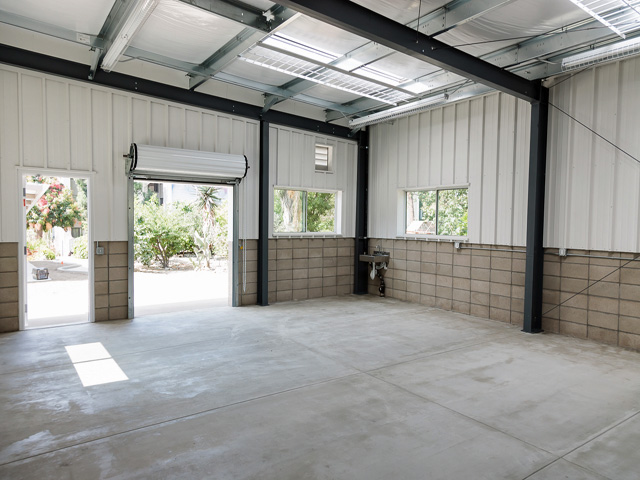Comprehending Lessee Enhancement Agreements
 Tenant renovation agreements are contracts that landlords of industrial structures participate in with new occupants. The tenant gets renovation of interior rental area in the sense of tailoring it to their service demands, and the building owner obtains a long-lasting lease dedication in return. This sort of building happens frequently due to changing space needs as companies diminish and expand.
Tenant renovation agreements are contracts that landlords of industrial structures participate in with new occupants. The tenant gets renovation of interior rental area in the sense of tailoring it to their service demands, and the building owner obtains a long-lasting lease dedication in return. This sort of building happens frequently due to changing space needs as companies diminish and expand.
The renter renovation term applies to a wide series of circumstances rather diverse in their nature and also range. One can not generalise that the exact same construction distribution technique is appropriate for all such jobs. Thus, the contracts governing this task are for the most part distinct and can not be developed.
In many cases the new tenants do not require any considerable redesign, and also they could immediately employ a basic specialist making reasonably minor changes. But the job for other renters is not going to be that simple, involving engineers and also engineers along with builders, and calling for substantial preconstruction activities.
There are some benefits for both events from this kind of building. The renter avoids the high expense and also commitment of buying as well as improving her own residential or commercial property plus having to sell it when the business grows out of the area. There is additionally fantastic appeal in the chance to customize a building to your personal specific specifications.
For the property owner, each time an improvement takes place the building goes through an upgrade. He receives consistent revenue while the tenant is there (normally for many years) as well as expects that the room is rendered much easier to rent down the road when she leaves.
There are additionally some disadvantages to this setup. The biggest is possible difference in between the parties either during the enhancement process or at some point in the future. The proprietor may be loath to coordinate in a job he discovers unsightly or detrimental to his home's worth, and also should a later conflict emerge the lessee might deal with lease termination and also expulsion.
Additionally, the work itself might need building monitoring techniques, contributing to its complexity, price, and also timetable hold-ups. One can locate oneself at the mercy of the schedule of subcontractors. And, for various reasons, there always exists the possibility that the renter will not be able to take the improvements with her upon moving.
Now let's delve into the nature of the occupant enhancement contracts themselves. There are 3 types, identified Tenant Build, Turn-Key, as well as Property Manager Build with Allowance.
construction management company
For Renter Build, the occupant basically takes full duty for the project. She chooses, manages, as well as pays the service provider directly. The formulated contract specifies how much funding the property manager supplies and records pre-change condition of the building.
For Turn-Key, the renter lays out requirements for the preferred modifications as well as makes entering into the lease section after their being satisfied. Once the property owner approves the terms, he assumes duty for contracting with a builder. The agreement specifies a completion date when the lessee can move in and also commence the lease.
For Proprietor Build with Allocation, both parties share the responsibility. The mass of it resides with the proprietor, likewise to Turn-Key, however he specifies an investing cap (the allowance), which if exceeded ends up being the renter's duty to pay. Hence the renter presumes a double danger of either possibly big billings or insufficient work.
Regardless of the type of agreement the motivation is strong to place construction on a fast track as well as to contain expenses. This suggests that whoever employs the contractor would certainly do well to find an adherent of the layout home builder shipment technique.
We highly advise that both tenants as well as landlords read up on the latest tax obligation regulations regulating deductibility of renovation expenses. For example, depreciable life of the real property may go beyond the lease duration. In other words, fully understanding tenant enhancement arrangements increases the odds of satisfactory success.
